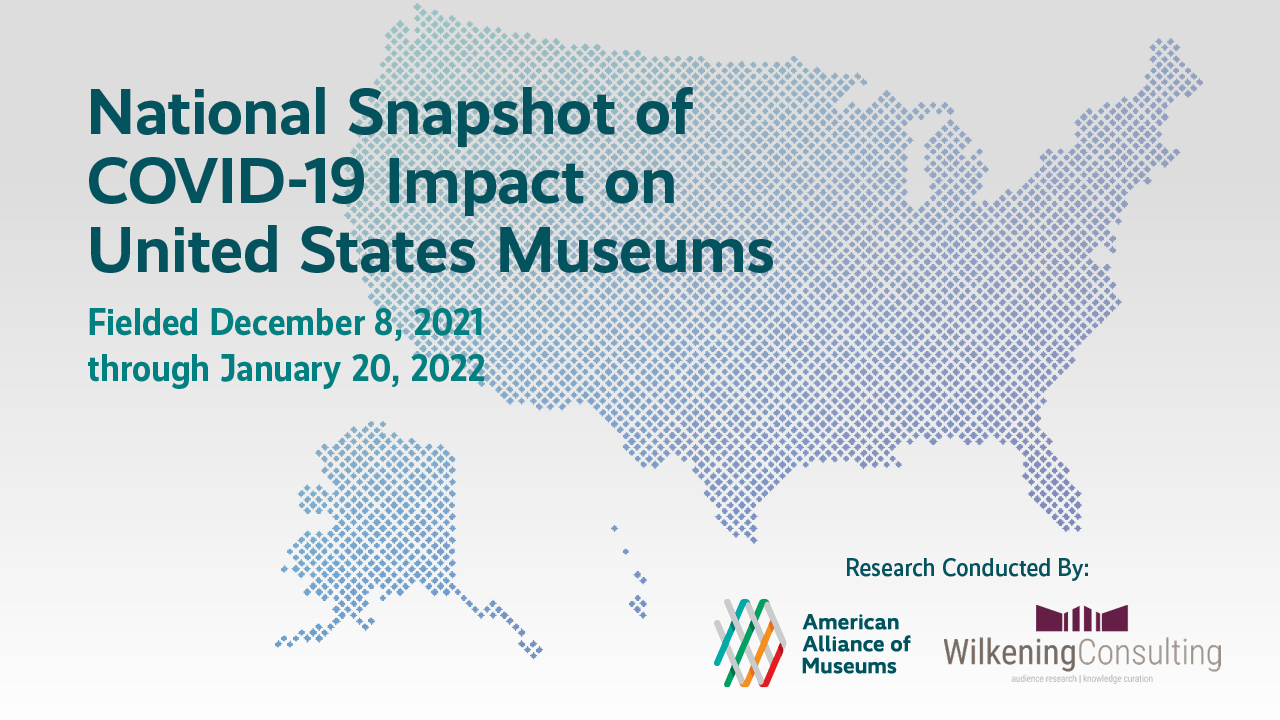
The National Snapshot of COVID-19 Impact on United States Museums survey, conducted by AAM and Wilkening Consulting, was fielded December 8, 2021-January 20, 2022. Over 700 museum directors responded to the survey on behalf of their organizations, representing a broad cross-section of the field in geography, size, and discipline. The survey tracked key metrics the Alliance began to collect in June 2020 and assessed the overall impact on museums’ financial condition in the past year.
The results of this survey document profound damage inflicted on US museums by the pandemic as well as indications about recovery and challenges on the horizon:
-
Since March 2020, on average, museums were closed to the public for 28 weeks due to the pandemic. At the time of this survey, 12 percent of museums were still closed to the public. Museums that are open are experiencing an average of 62 percent of their normal, pre-pandemic, attendance and one-quarter are limited to a 30 percent capacity.
-
60 percent of respondents report experiencing pandemic-related financial losses since March 2020, with the average losses being a little over $791,000. Sixty percent of responding museums have budgets of $1 million or less.
-
In 2020, 61 percent of museum directors report that their net operating performance decreased by an average of 38 percent. Twenty-seven percent of museum directors indicated that their net operating performance experienced further decreases in 2021, by an average of 33 percent.
-
In April of 2021, only 44 percent of museums had reported that they did not furlough or lay off any staff since the start of the pandemic. As of this survey, nearly three-quarters (73 percent) of responding museums report that they have been able to retain or restore all of their staff. Government funding proved vital to this effort, with museums indicating that federal relief funds helped them to retain staff. Of museums recruiting for job openings, 56 percent report they are having trouble filling open positions.
-
In an effort to address the negative impacts of the pandemic on museum professionals (see the Alliance’s April 2021 report on the impact of COVID-19 on people in the museum field), respondents to the latest survey indicate that they have made or will make changes to their staffing, compensation, and benefits. 49 percent of respondents plan to increase the hourly rate of lowest-paid employees and 15 percent plan to shrink the gap between lowest and highest salaries.
-
Over the past two years, museums also reached out in new ways to support needs in their communities. Thirty-nine percent of respondents intend to maintain facilities or programs they created to support online learning or schooling based in the museum, and 18 percent intend to maintain initiatives such as food banks or wellness programs, they created to meet other community needs.

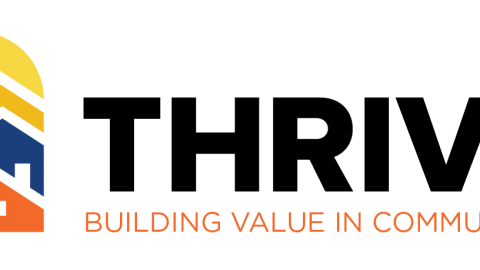
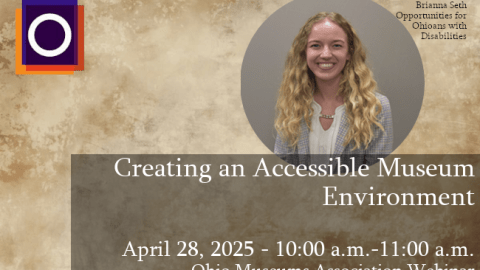


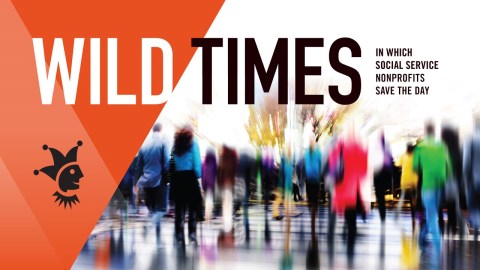
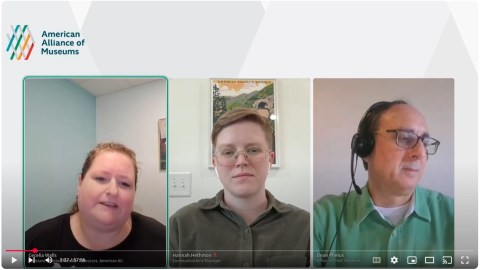


Thank you for summary findings. Rather than bouncing back, museums are bouncing forward.